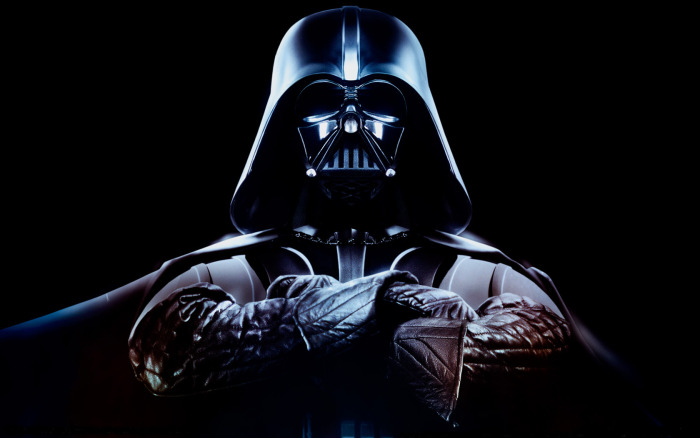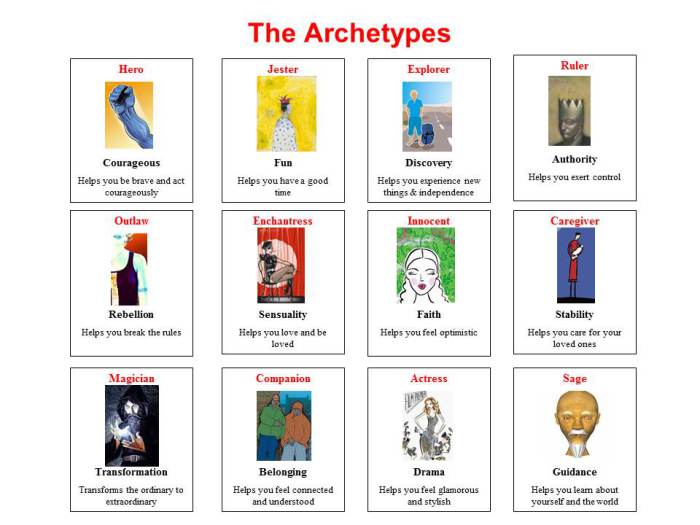
Looking at a brand and category through the lenses of archetypes can help unleash powerful brand positionings and brand growth opportunities.
Archetypes are models of people, behaviors and personalities that tap into specific core desires, drives, fears and motivations all humans have (for example the Hero versus the Outlaw archetype). These narrative structures are so powerful because they are believed to represent humanity’s collective dreams, instinctive yearnings & patterns of thinking and because they help us organize how we experience life. Archetypes are omnipresent in our culture and in the stories we tell. One of the most cited example (also to illustrate the commercial power of archetypes) is George Lucas’s use of archetypes in creating his Star Wars characters.

Understanding which archetype is aligned with your category (the generic category archetype) and your brand (based on the core desires people try to satisfy by using your category in general and your brand in particular) will enable you to define more clearly the idea positioning territory for your brand, the role you want you brand to play into peoples’ life and the story (or stories) you want to tell about your brand (based on the attributes and characteristics of the archetype). It will also provide inspiration and guidance in aligning your marketing activities. An “explorer” brand for example will fuel peoples’ desire for self-exploration and discovery while a brand based on the “Rebel” (or Outlaw) archetype will fuel people’s desire to break the rules.
Harley Davidson telling its Outlaw story:
The actual archetype classification will slightly vary depending on the source that is being used, but there are generally 12 basic archetypes, each associated with their specific set of motivations, value and drivers and a specific set of characteristics and attributes.
I am posting 2 of these overviews below. One, a very simplified one pager for orientation. The other one is a Slideshare presentation that provides a good overview of the various archetypes and their characteristics.
So ask yourself:
- What core motivations and desires do your consumers try to satisfy by using your category (generic category archetype)?
- What are the core drivers and motivations for choosing your brand specifically?
- How about your competitors?
- Do the generic category motivators apply to your brand?
- Which archetype best corresponds to this set of desires (see list below)?
- What characteristics are associated with those archetypes?
- What implications does this archetype have for your brand positioning and your brand story?
Simplified Archetypes Overview

SIGN-UP FOR MY NEWSLETTER TO KEEP UPDATED
ADDITIONAL RESOURCES:
GO BACK TO 'FUNDAMENTALS” for more articles about brand strategy, brand positioning, customer insights, and creative problem-solving.
Learn everything there is to know about brand position development and become more “brand positioning fluent” than 99% of the marketing community with my online course “The Art & Craft Of Brand Positioning Development”. Learn what it is, how to set objectives for your positioning, how to segment your consumers, how to create genuinely differentiating and distinctive positioning statements, sources of brand positioning, how to assess, evaluate, and improve existing positioning statements (with examples), and learn what mistakes to avoid.
Do you just want to learn the basics of brand positioning development? Check out the award-winning “Brand Positioning Workbook: A simple how-to guide to more compelling brand positioning, faster”. Available on Amazon around the world. (RAISE the prices again?)
Working solo on a brand positioning project or preparing a positioning workshop? Check out the best-selling Brand Positioning Method Cards for guidance and inspiration.
Interested in insights and how to generate them instead? Then the Aha! The Indispensable Insight Generation Toolkit might be for you. Available as a set of method cards in the US and as a Kindle document outside the US.
Need an expert team to help you position or re-positon your brand and identify new growth opportunities? Then reach out
Alternatively, you may want punctual advice, feedback, and inspiration without hiring a consulting team. Then, book an hour of coaching with me.

 The Power Of Positioning in One Cartoon
The Power Of Positioning in One Cartoon
Leave a Reply
You must be logged in to post a comment.